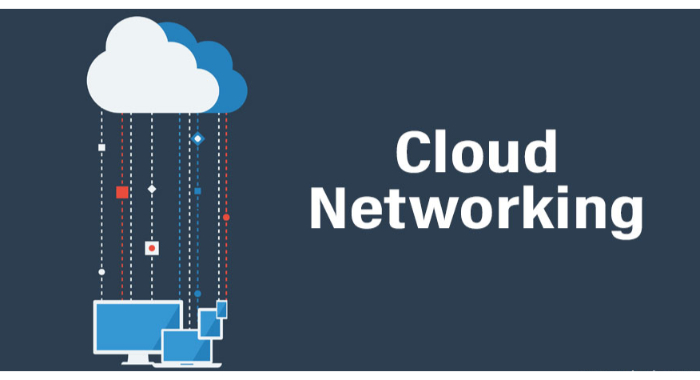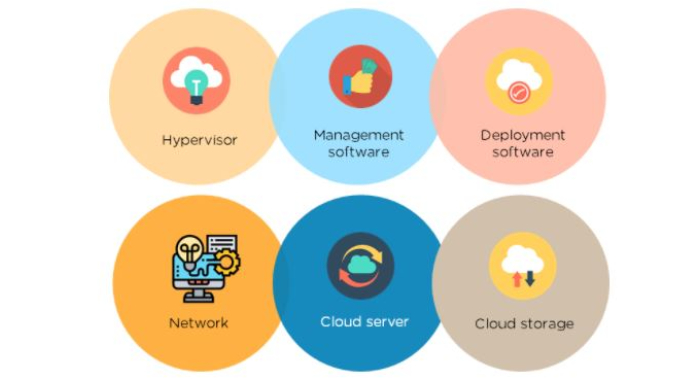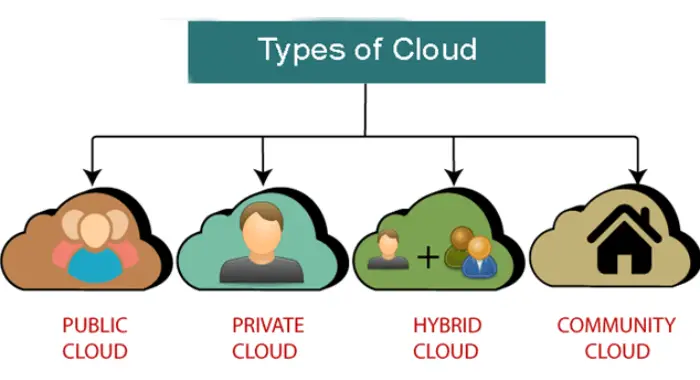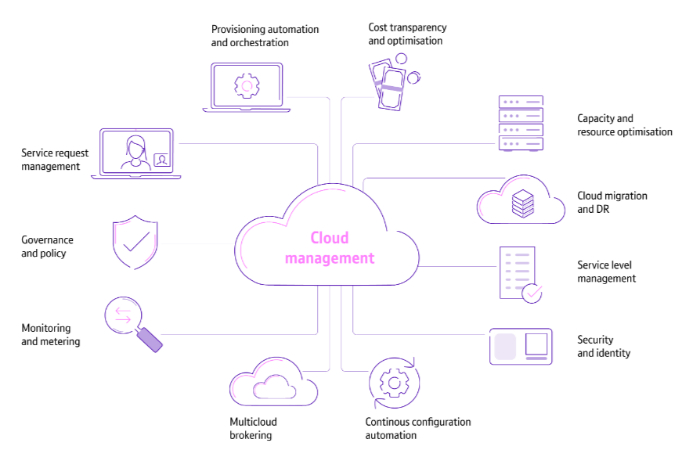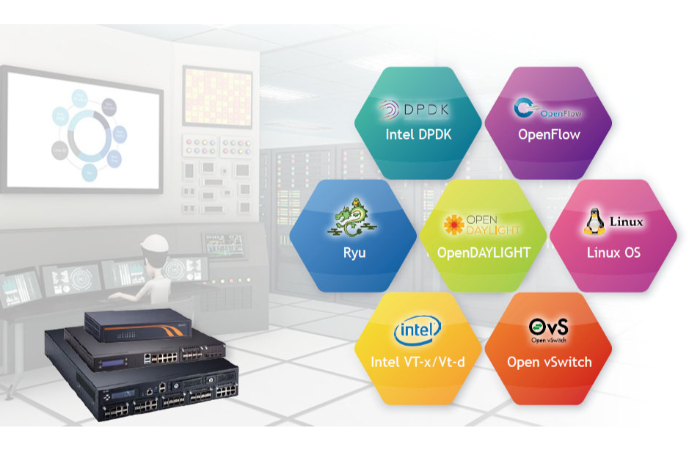Designing a sophisticated cloud network that can handle all the necessary services, applications, and data your business needs to conduct its operations effectively can become a tricky task for even the most knowledgeable Cloud Networking Architecture. Customization and design options can sometimes be limited because businesses often source cloud components from B2B software vendors.
Despite this, thanks to technological advancement, cloud networking has progressed sufficiently to where businesses can now select from differing levels of infrastructure design depending on their requirements.
Let’s go over Cloud Networking Architecture and discuss the different deployment methods for your business.
Table of Contents
What Are Cloud Networks?
Cloud networking can be categorized as an information technology (IT) infrastructure in which an organization’s network resources and capabilities are shared within a private or public platform. These are managed by a service provider or someone within the company, and its resources are available on demand.
For business purposes, a private cloud gives them way more flexibility while managing the software and hardware. Most modern businesses operate in a hybrid cloud infrastructure, allowing services, applications, and data to reside in managed data centers and moving others to an IaaS provider framework.
Kinds Of Cloud Network Architecture Deployment Methods
Businesses can choose to deploy three kinds of Cloud Networking Architecture methods.
Each one carries specific pros and cons. A proper evaluation of what your organization looks for in a Cloud Networking Architecture before choosing an infrastructure is necessary. When comparing Snowflake vs BigQuery, it’s essential to consider data security, performance, compliance requirements, and business objectives. To address these concerns and provide top-notch cloud solutions, consider exploring DataKnox cloud services, which specialize in tailoring cloud infrastructure to meet your specific business demands and ensure a smooth and efficient cloud migration journey.
Built-In Networking Tools
The first approach is as simple as using the built-in networking capabilities that come standard with the IaaS service from the cloud service provider. For example, Amazon’s Virtual Private Cloud service allows users to control fundamental responsibilities such as carving out virtual networks into multiple subnets, allotting private IP addresses, and establishing security policies for each subnet.
Users also control internet gateways, the routing table, network services, DNS, and Dynamic Host Configuration Protocol. Nonetheless, using built-in networking tools necessitates creating and running the IaaS cloud independently of any private or public cloud, entailing much more work for your company’s IT department.
Multi-Cloud Management Platforms
Whereas companies build a multi-cloud infrastructure by using third-party network appliances in various service providers. More on these briefly, multi-cloud management platforms can use alternatives to simplify the management of multiple clouds. At least from a policy and configuration standpoint.
These administration solutions’ primary function is to build a software overlay between public and private clouds. Covering any underlying configuration management differences. While this alternative is far more intricate than the other two options. It’s interesting for those looking to distribute a large network across many public providers.
See Also: 10 Best USA Mobile SIM Networks Right Now | Top Picks
Networking Appliances
Lastly, instead of using built-in tools provided by the CSP. Companies can also use virtual networking appliances distributed by a B2B vendor to handle networking tasks.
On well-known IaaS marketplaces, organizations like Cisco, Juniper, and Arista sell various variations of their firewalls, virtualized routers, and software-defined WAN equipment. Organizations looking to deploy a hybrid cloud may also choose to install one or more third-party appliances into the IaaS.
Choosing A Cloud Networking Architecture
An organization’s immediate and long-term requirements influence your final decision. The built-in tools or third-party network alternatives suit businesses looking to implement a hybrid architecture with a single provider. In contrast, a multi-cloud management platform could be appropriate for businesses with scattering multi-cloud objectives.
Whatever decision you make for business, we hope this overview has inched one step closer to an informed choice.

